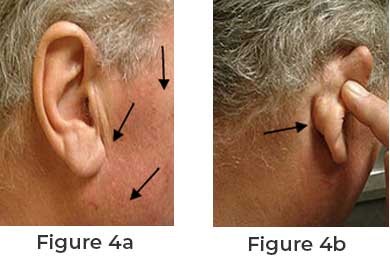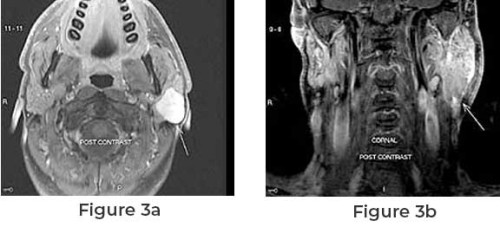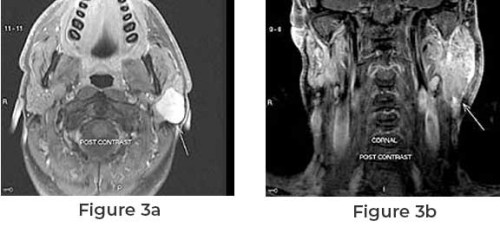Most Popular
 Facial Nerve Cancer and Parotid Tumor Surgery What You Need to Know
Facial Nerve Cancer and Parotid Tumor Surgery What You Need to Know
Facial nerve cancer is rare, with 500 US incidences annually. ...
 Parotidectomy and Facelift to Remove Parotid Gland and Rejuvenate the Appearance
Parotidectomy and Facelift to Remove Parotid Gland and Rejuvenate the Appearance
Parotidectomy and facelift are two distinct surgical procedures, each serving ...
 Know About the Parotid Cancer and Its Symptoms before Treatment
Know About the Parotid Cancer and Its Symptoms before Treatment
Parotid cancer is a rare form of cancer that originates ...



Symptoms of Salivary Cancer and How to Diagnose It

Salivary cancer, though relatively rare compared to other forms of cancer, can be a serious health concern if not detected and treated early. Arising in the salivary glands, these tumors can manifest in various ways and require prompt attention for effective management. Recognizing the symptoms, understanding the diagnostic process, and exploring early treatment options are crucial for individuals at risk.
Symptoms of Salivary Cancer
Salivary cancer can present with a range of symptoms, although it's important to note that not all cases will exhibit the same signs. Some common indicators are the following:
Swelling or a lump
A noticeable lump or swelling in the mouth, cheek, jaw, or neck could indicate salivary gland tumors. These lumps may or may not be painful.
Pain or numbness
Persistent pain or numbness in the face, mouth, or neck region can be a warning sign, especially if it doesn't subside over time.
Difficulty swallowing or speaking
As tumors grow, they may interfere with normal functions such as swallowing or speaking, leading to discomfort or difficulty in these activities.
Facial weakness or paralysis
In some cases, salivary tumors can affect facial nerves, resulting in weakness or paralysis on one side of the face.
Persistent Ear Pain
Unexplained ear pain that doesn't respond to typical treatments may indicate a tumor affecting the nearby salivary glands.
How to Diagnose Salivary Cancer
Early diagnosis is crucial for effectively managing salivary cancer. If you experience any concerning symptoms, it's important to consult a healthcare professional promptly. Diagnosis typically involves several steps:
Physical examination - A healthcare provider will perform a thorough examination of the head and neck region, checking for lumps, swelling, or other abnormalities.
Imaging tests - Imaging techniques such as ultrasound, MRI, or CT scans may be used to visualize the salivary glands and identify any suspicious masses.
Biopsy - A biopsy involves taking a sample of tissue from the suspected tumor and examining it under a microscope to determine if cancer cells are present. This is often the definitive step in diagnosing salivary cancer.
Depending on the biopsy results, additional tests may be conducted to determine the extent of the cancer and whether it has spread to nearby tissues or lymph nodes.
Early Treatment Options
Treatment for salivary cancer depends on various factors, including the type and stage of cancer, as well as the individual's overall health and preferences. Early treatment options may include:
Surgical removal of the tumor is often the primary treatment for salivary cancer, especially if the tumor is small and localized. In some cases, the entire salivary gland may need to be removed.
Radiation therapy may be used before or after surgery to target any remaining cancer cells and reduce the risk of recurrence.
While chemotherapy is less commonly used for salivary cancer, it may be recommended in certain cases, particularly if the cancer has spread to other parts of the body.